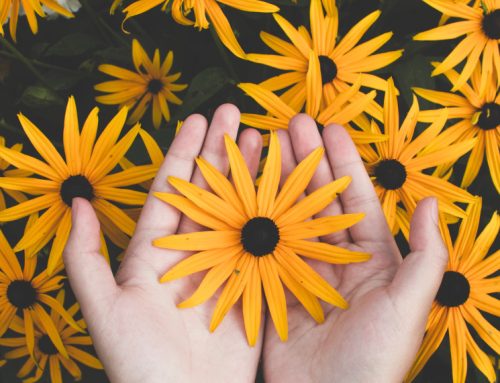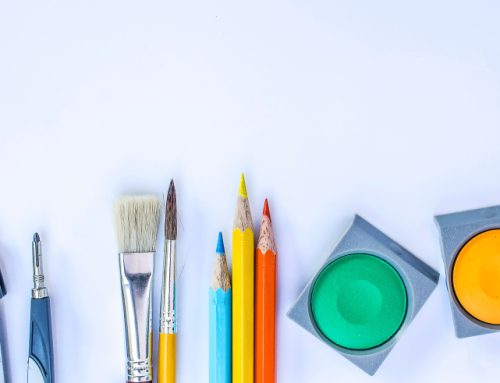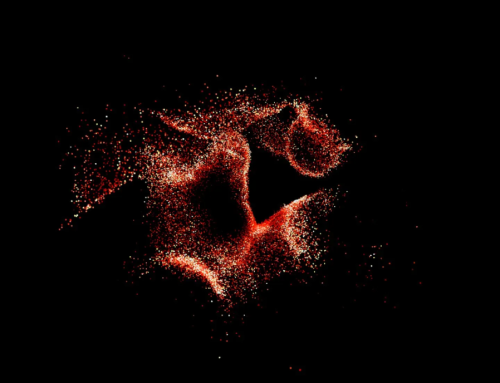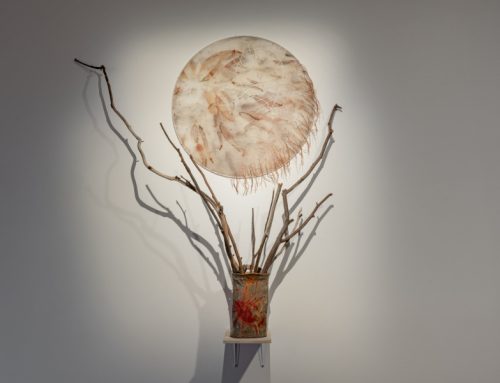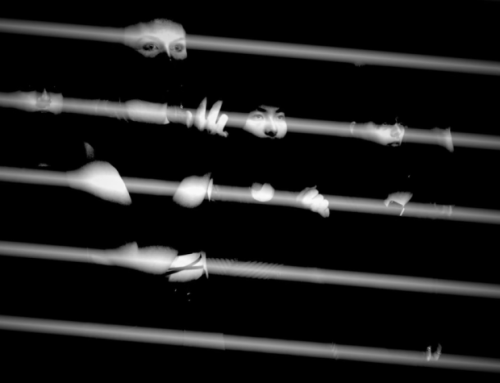
Elio Gatti painted by Charlie Trivers
Elio Gatti spent two decades working as an academic by day and dramaturg/director by night with theatre and movement companies around Australia. He then spent the following two decades as a public servant building communities in regional NSW using creativity, theatre, poetry and philosophy as his main tools. Elio now lives on the Central Coast and is the founder and director of Salus Creatives.
The Thai Mondays initiative: Conversations About Creativity and Wellbeing: by Elio Gatti
Over a year ago I decided to set up a gathering for colleagues who work in the field of creativity and wellbeing. I thought it was important to start with a meal. I also thought that Mondays are generally heavy days given the weekly workload ahead and so the injection of some energy might be appreciated by most.
Then the idea turned into action. The action became a series of six monthly lunches. The six conversations turned ultimately into a first publication of articles.
In the eve of the second series commencing later in October I want to take the time to reflect on this tentative journey since sharing thoughts remains the core purpose of the Thai Mondays initiative.
Who are we?
Sometimes simple questions don’t lead to simple answers. Equally sometimes simple answers can come across as very problematic. For example asking who are today the creative practitioners working in the field can be such a simple question. Answering that creative practitioners in health are artists can be such a problematic answer.
In the past ten years I have listened to and participated in official and unofficial debates over the term “art” versus “creativity”; over the term “artist” versus “creative practitioner”; over the term “health” versus “well being”. I take these debates very seriously. I know how hard and how important it is to arrive at clear definitions. However I won’t engage in a philosophical attempt to propose workable solutions. In fact I don’t want to talk about definitions at all. I just want to talk about people. Real people that I met in my life along the path of art and health.

Kim is a mature music teacher and established composer who has just finished her university degree in psychology. She intends to pursue her research into the healing ability of music vibrations.
Alison was a registered nurse working in a hospital. One day she decided to bring along her harp and played it for a few patients who could not find solace. She eventually left her nursing career and now she plays the harp full time for people in trying circumstances inside and outside hospitals.
Karen is a painter and writer with a few exhibitions and a book to her name. She decided to pursue a career in counseling as a registered art therapist because she wanted to reach out to people, especially young people, who were struggling with substance addiction.
Bronwyn was a corporate lawyer who encountered an Indian master in yoga. Today she runs a successful practice as a yoga instructor.
Tim was a security guard who only discovered the meaning of his ancestral traditions at a mature age. Today he takes people on walks through the bush offering them guidance on how to re-connect deeply with land.
Rosemary is a former actress who used her creative knowledge in a program at a public hospital aimed at people suffering various eating disorders.
I met Sheila in a retirement village when she was 91 years old. She was still leading her weekly popular fitness classes for several hundreds senior residents. After surviving an accident that bound her to a wheelchair, she got into yoga and gymnastics and through trial and error forged a combination of exercises that made her walking and working again.
Will is a young graduate of English literature and a part time pastor who harnessed the power of slam poetry. He uses poetry to tell stories. More importantly he uses poetry to teach people how to tell their own story and see them change in the process.
Francoise was a dancer with a state ballet company. Today she works as an art therapist and counselor in a private school. She has an amazing ability to relate to youth. She has been gifted with much wisdom and grace.
My list goes on into several hundreds of people whom I call proudly my colleagues. Their life and their practice inspire mine every day. I know that collectively they are touching and transforming the lives of thousands of people. Yet I find it difficult to say where creativity begins and where therapy ends? Who is the artist and who is not? At what point they are working for prevention and at what point it is for recovery?
It seems to me that the power and beauty of these creative practitioners reside in the diversity of their origins and the surprising divergent practices they crafted.
What kind of gatherings?
How and where does such a heterogeneous group of professionals come together? I thought to keep it simple and start with a meal. After all, hospitality comes first. A practice that is as ancient as the world: talking over matters while you are breaking bread and sharing a meal. Furthermore aren’t hospital and hospitality the same words? Health and healing will always entail a degree of good food and good company.

Another important point was to keep an open door policy. The gathering had to be in a public place with an open invitation to everyone. This is not a club. There are neither subscriptions nor memberships. I am not suggesting that this is the best way of doing things in general. I simply think this is the most effective way of doing things in a regional context. I am very conscious of my geographical boundaries. The distance that separates us from and binds us to Sydney. The natural tendency in a region to create closed clusters of like-minded people. The Thai Mondays had to remain an open house where different people would feel safe and welcomed to turn up and speak their mind. However it is never easy to create inclusive gatherings. The reality is that an open door policy comes initially with many risks and few rewards. Equally problematic was the decision to run this initiative for free. Free organization, free talks and a potential free publication. The only cost was a frugal ten dollar note that went to the restaurant for the lunch special. However providing services for free can be a tricky proposition. The word “free” put off some creatives both as participants and as speakers.
I cannot honestly say that the Thai Mondays is an established initiative at this early stage. I think it will take some years before it grows into a recognized gathering. Trust is necessarily a slow process and we only move at the speed of trust.
 What are the outcomes?
What are the outcomes?
At the end the number of creatives taking part to this initiative would have been less than twenty in total. However cultural conversations don’t find strength in numbers. It is rather the quality of the exchange that sets the bar. In this sense the gatherings went beyond my own expectations. Since the setting was informal, the audience restricted to an intimate size and the presentation had no strings attached to a fee… the perfect conditions were set for liberal conversations to open up and a correspondingly intelligent, respectful and personal series of questions to flow. Talks of fifteen to twenty minutes ignited conversations of hours. In two occasions we had to continue in the courtyard outside the restaurant as it closed its doors at 3pm in preparation to the evening session.
Exchanges were intense with passion and brilliant insights just as one would expect from people who have learned to fuel their thoughts with emotional intelligence. Everyone who participated got something out of it. Each talk had an inspirational message to share. Conversely speakers received generous feedback feeling both challenged and validated in their practice. New connections began to form among professionals who had never met prior to these lunches.
 Finally I grew more and more confident in the idea of publishing a more polished version of the talks. This is how the first publication of the Thai Mondays came about:
Finally I grew more and more confident in the idea of publishing a more polished version of the talks. This is how the first publication of the Thai Mondays came about:
http://saluscreatives.com.au/thai-mondays-publications/


